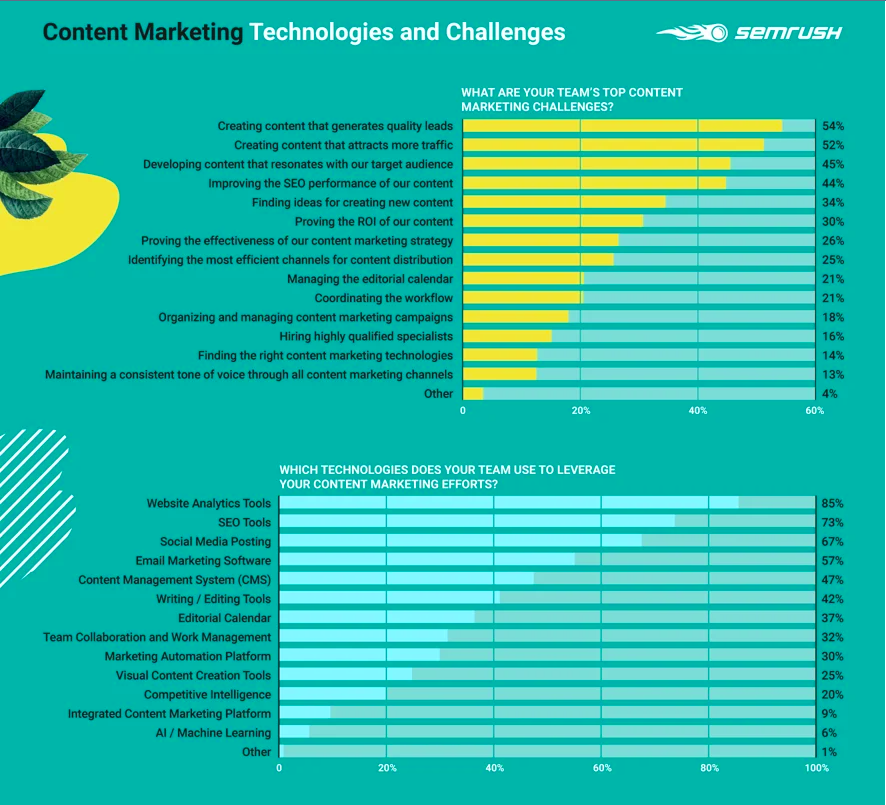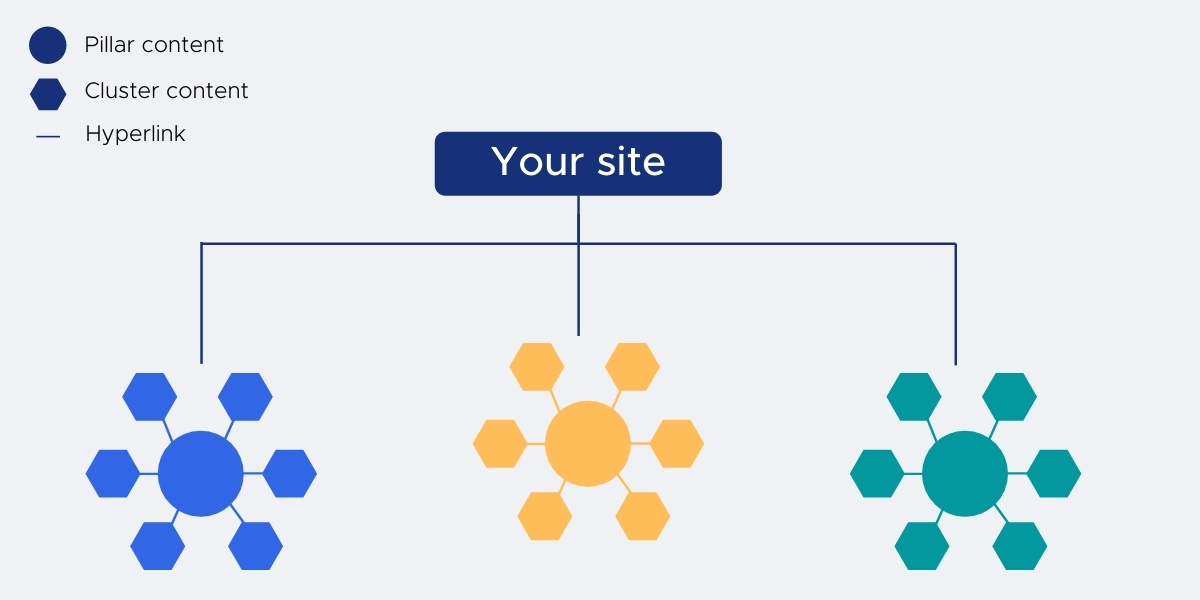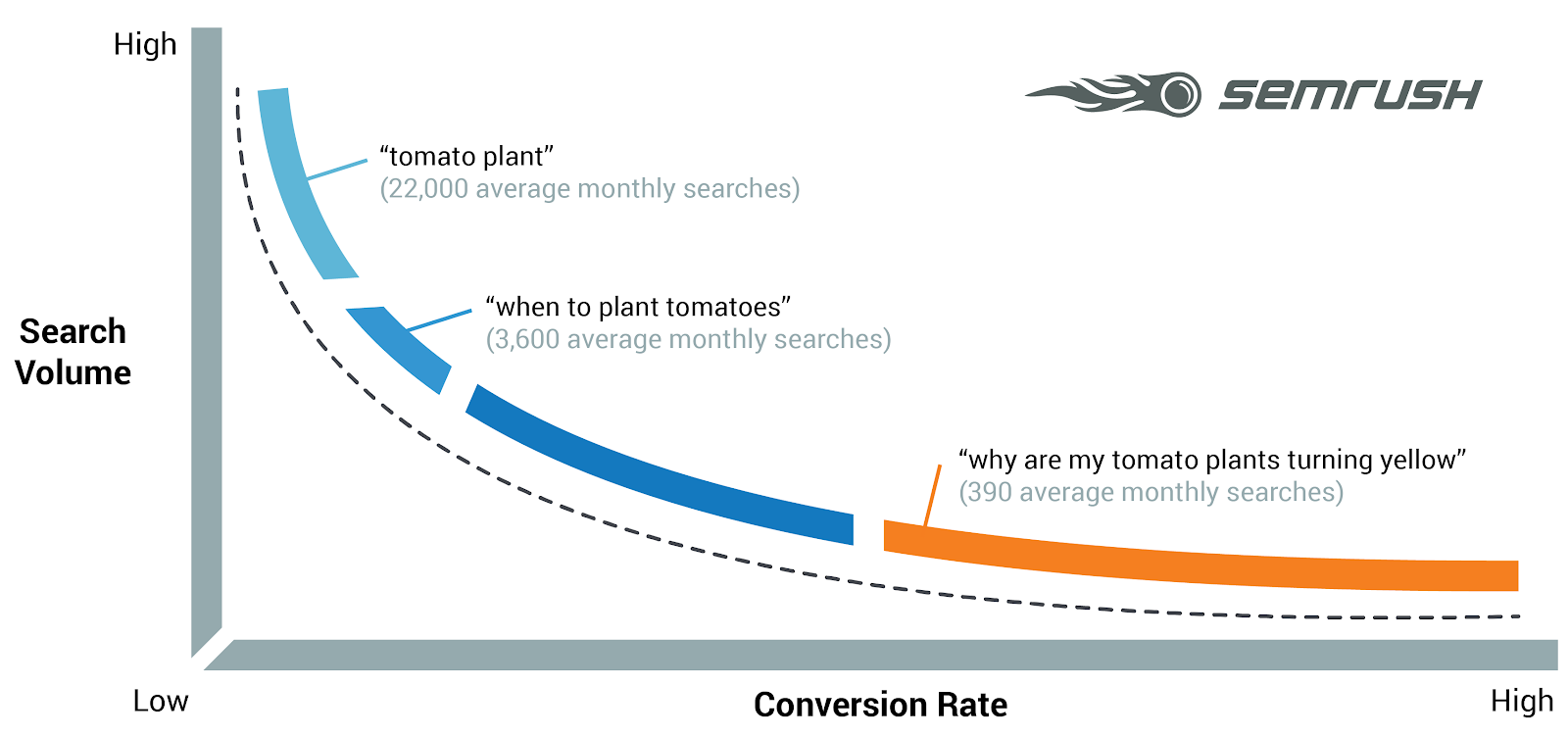How to perform a content audit: a step-by-step guide with templates
written by
Natalia Dărăbăneanu
date
25 November 2020
written by
Natalia Dărăbăneanu
date
25 November 2020

Creating useful content that makes your audience keep coming back for more isn’t an easy task. But it’s an activity that pays off in the long run. As much as 70% of marketers are actively investing in content marketing, according to Hubspot. But how often do we actually go back to our posts and check if they are still interesting and up-to-date?
Google rewards those websites that regularly update content by displaying them higher in the search results (check this Freshness Algorithm Update Google released if you don’t believe me).
Making your content relevant by answering your buyer persona’s most pressing pain points can be daunting, even for experienced marketers. No need to feel overwhelmed here!

A valuable research conducted by Semrush highlights these 3 major challenges content marketers around the world face:

*inner voice* Challenge accepted!
Jokes aside, I really hope these facts will motivate you to start analyzing your published content and re-think this year’s content strategy.

Don’t worry, we’ve got you covered with an easy to follow guide covering topics such as:
Let’s begin!
A content audit describes the process of collecting and analyzing assets on a website, such as web pages, case studies, news, or blog posts. It helps you keep an inventory of your website and provide insights into which content to create, update, re-write, or delete.
Performing content audits at least once a year can help guide your content marketing strategies into different directions that will appeal to your targeted audiences, improve text for better organic reach, and boost conversion rates.
A successful and well-executed audit will always tell you what’s working for you, what isn’t, and where to improve.
PRO TIP: If time is not your best friend you can complete only small sections of the audit or pay for tools that help you automate parts of the research. Scroll below for our tools recommendations.
With no clear picture of whether or not you’re on the right track, it’s easy to feel stuck. A three steps easy to follow would like something like this:
Whatever the case of your audit may be, being clear about your intentions ahead of time will definitely streamline the process and minimize the effort spent. Some goals you might want to consider:
Goal #1: Increase Audience Engagement
Performance metrics: Likes, Comments, Mentions, Social shares, Backlinks, Page Views, Average Sessions Duration, etc.
Main actions:
Goal #2: Improve Conversion Rate
Performance metrics: Page Views, Average Session Duration, Bounce Rate, Number of leads, Conversion Rates, ROI
Main actions:
Goal #3: Improve Your SEO Results
Performance metrics: Organic Traffic, Backlinks, Keyword Rankings, Dwell Time
Main actions:
Goal #4: Plan for a website redesign
Performance metrics: Backlinks, Page views, Average Session Duration
Main actions:
Next, you’ll want to create a content marketing inventory worksheet that lists all of your on-site pages and posts so you can see what assets you already have. What are we looking for?

You can organise content based on the following categories:
Here’s how your header of your content inventory might look like:

The not-so-fun part begins. Populating the inventory, collecting and analyzing data can quickly become a complex process. If you want to save time, use a content audit tool that automatically pulls all the data.
Next, you’ll want to evaluate each piece of content and assign one of the following labels:
Pat yourself on the back, you’ve done a really amazing job! Collecting all that information, cataloguing them and taking big decisions regarding your published content is a lengthy and time consuming process. Trust me, soon it will be worth the effort.
Your final step is to prioritize your content creation. Use a content calendar and make sure to touch upon:
Should look like this:

PRO TIP: Your content creation process should focus on answering the questions of your buyer persona and at the same time, the relevant topics for your business.
As you already discovered, research is a big part of coming up with a great content strategy.
If you don’t know how to get started with content ideas, we published an article dedicated to building a content strategy.
Through the content audit, you will most likely discover articles that are not performing well – they attracted few visitors, little to no social media shares. What you could do is review those articles in order to make them more effective – explain a topic better, include more recent data and examples, write more compelling titles, introduce visuals to make the content more skimmable.
Outdated information is another reason why you should revise your content. If you find articles about trends, studies with data, tools, and resources type of articles – those could be good targets to update.
When a piece of content can’t be improved or an update would mean too much effort, the best thing to do is to remove it from your website.
Big shout to those articles or landing pages created for seasonal marketing campaigns. I’m pretty sure you no longer need them.
Examples: content related to a particular event or activity, information about out-of-stock products, duplicate content, which always should be avoided.
Ok, ok, understood with the outdated one. What should you do if your content needs adjustments in order to perform better?
Enjoy these quick tips to skyrocket it (you’ll thank me later???? )!
A pillar page covers all aspects of a main topic on a single page, with room for more in-depth reporting in cluster blog posts that hyperlink back to the pillar page.

Examples: evergreen content, FAQs, basic information on your business.


Need more inspiration? Read 31 Best Value Proposition Examples and start drafting your message so that every website visitor turns into a valuable lead.
I’ve mentioned before that if you want to accelerate your process and save time, it’s better to use tools that automatically collect & interpret data. So, here are our top 5:
Pro Tip: If your priority is turning your website into a lead generation engine and start attracting the right audience, check this list of 8 elements worth experimenting with on your landing page and 7 examples we love
Time to audit your content!
Ready to boost the performance of your content and the conversions it generates?
All you have to do is: (1) pull a list with all your webpages, (2) evaluate them to find anything that needs optimization and (3) fix them with your team.
Begin a content audit with what you learned today or get in touch with one of our specialists.
